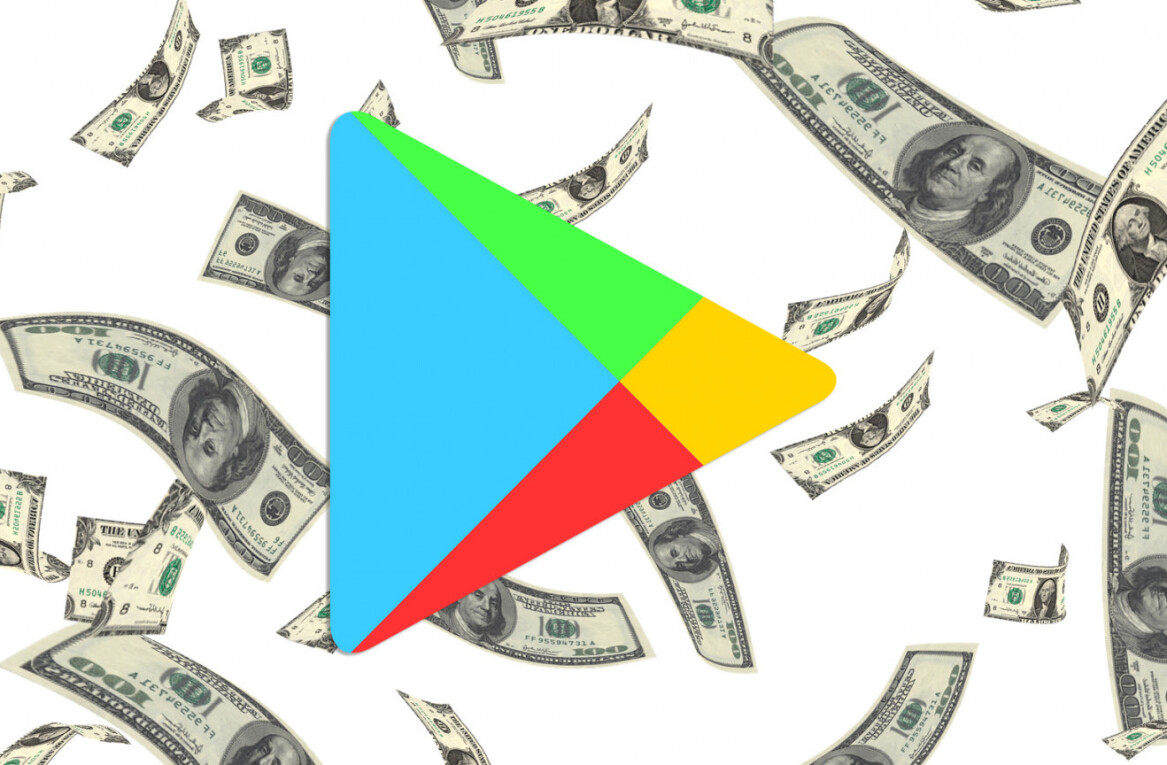
Samsung just announced a new kind of storage solution for mobile devices called UFS 4.0. It’s the latest version of the Universal Flash Storage standard.
The new version comes two years after UFS 3.1’s release, and will likely improve the overall speed and performance of upcoming phones and tablets. Before we look at its advantages over the previous versions, let’s run through some basics.
What’s UFS?
Universal Flash Storage (UFS) is a type of flash storage designed for mobile devices. Its specifications are maintained by the Joint Electron Device Engineering Council (JEDEC), an independent industry body.
The protocol was introduced to replace the old embedded MMC (eMMC) standard — used in phones primarily until 2016 — for better speed and performance.
UFS can perform read and write operations simultaneously, which wasn’t the case for eMMC type storage solutions. It also increased the power efficiency of devices, helping in making batteries last longer.
If you buy a modern Android phone and check its specs, you’ll find something like UFS mentioned written in the internal memory section. The higher the version, the better the phone’s performance in writing and reading files stored on the device.

How’s UFS 4.0 better?
Currently, UFS 3.1 is the latest standard you can get in gadgets. Many phones, including the latest OnePlus 10 Pro, Xiaomi 12 Pro, and Samsung Galaxy S22 series, use the USF 3.1 storage for their internal memory.
The new UFS 4.0 will bring a lot of improvements:
- It offers a speed of up to 23.2Gbits/sec per lane, twice more than UFS 3.1’s 11.6Gbits /sec per lane speed.
- Sequential read speed of 4,200MB/sec (vs 2,100MB/sec of UFS 3.1).
- Sequential write speed of 2,800MB/sec (vs 1,200MB/sec of UFS 3.1).
- Improved power efficiency with 6.0MB/sec per mA (46% better than UFS 3.1).
All these improvements will likely result in your next phone booting up faster, launching apps more quickly, switching between apps, and faster data processing within apps and games.
Samsung said the maximum dimension of a UFS 4.0 chip will be 11mm x 13mm x 1mm and it’ll come in various storage capacities up to 1TB.
Currently, Samsung offers 1TB UFS storage only with UFS 3.0, and chip size of 11.5 x 13 x 1.25 mm. The company’s website didn’t mention any UFS 3.1 type chip with 1TB storage.
This doesn’t seem like a huge difference, but it’s important to understand that while designing phones a few extra nanometers can allow designers to fit in more components and features. So smaller the chip, the sleeker the phone.
When will we see devices powered by this new tech?
Samsung said that it plans to begin mass production of UFS 4.0 chips by the third quarter of this year. So it’s likely that we’ll see phones powered by it by the end of this year or early next year.
I’m excited to see what performance improvement UFS 4.0 can bring to Android phones, and how it will compare to iPhone’s NVMe type storage.
Get the TNW newsletter
Get the most important tech news in your inbox each week.





